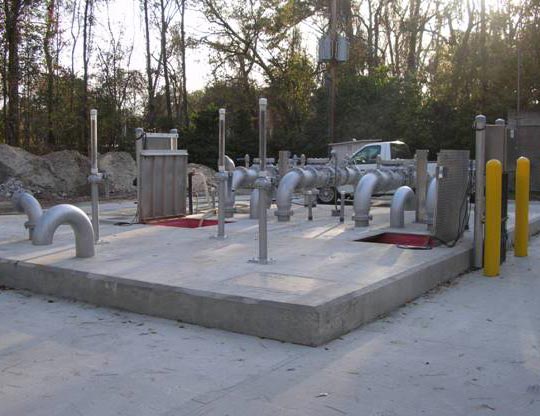 If you believe everything you read on the internet (even after Abraham Lincoln told you not to), you will get confused pretty quickly. Because the internet itself is often fairly confused, and thus confusing. And you really don’t need me to tell you; you already know. (Also confusing: does the internet have a self? Does it need self to be confused?)
If you believe everything you read on the internet (even after Abraham Lincoln told you not to), you will get confused pretty quickly. Because the internet itself is often fairly confused, and thus confusing. And you really don’t need me to tell you; you already know. (Also confusing: does the internet have a self? Does it need self to be confused?)
For example, you could ask the internet about duplex pumps. What are they? How do they work? Why would or should you use them?
And, as expected, you’d get a variety of answers. Some sound like they are talking about two pumps, usually with a shared source, that may or may not work together. Others sound more like two offset pumping mechanisms in one mechanical unit. That’s two very different concepts to be linked by one name.
So which is it? Are they interchangeable? Does it matter? Let’s take a look.
Let’s start by looking at the singular item known as a duplex pump. A duplex pump is two piston pump mechanisms, with a single inlet and a single outlet, operating at the same time. Key to the function of a duplex pump is the timing of the strokes of the two mechanisms: they are offset, so that when one is on its upstroke (or intake stroke), the other is on its downstroke (or discharge stroke). Offset as such, the net effect of the duplex pump is constant suction and constant output.
Originally designed when steam-driven piston pumps were top-end technology, duplex pumps are now generally driven by either compressed air or a jackshaft. Since piston pumps don’t involve snugly fitting parts revolving at high speeds, they work well with thick, sludgy material, such as mud, grout, and cement.
If a two-in-one piston pump isn’t what you are referring to when you say “duplex pumps,” then perhaps tandem pumps is a better term. Tandem pumps are simply two pumps with a common source that may or may not operate at the same time. You can fit a lot of configurations under that broad of an umbrella.
For example, many lift stations use two pumps: a primary pump and a secondary pump. The secondary pump might operate only if the first pump fails; or it might turn on when a high level is reached, so that the two pumps can empty the tank/pit/reservoir quicker. A further wrinkle is added by alternating which of the two pumps is primary and which is secondary, in order to evenly distribute the use/wear-and-tear between them.
Volatile systems with little control over fluid inputs are likely to use the second sense of tandem pumps. A tank or reservoir collecting such inputs might employ a four-level float switch (such as our Kari 45HE, for example) to control two pumps and an alarm: low level pumps turn off, mid-level pump 1 on, high level pump 2 on, and high high level alarm. Whatever you want to call this pump arrangement, tandem pumps, duplex pumps, lead-lag pumps, big brother little brother pumps (ok, nobody calls them that), the control setup in this case is often called duplex control.
So, why are we exploring duplex pumps and controls in a blog by a sensor manufacturer? Clearly, APG doesn’t make pumps. But we do make the sensors you can use to control your duplex pumps, and the sensors that can provide duplex control for your pumps. Which kind of duplex? All of them.
If you are using a duplex pump (or several duplex pumps) to move viscous or heterogeneous materials, our magnetostrictive and resistive chain float level sensors can give you reliable level measurements that won’t be impeded by residue or clogs. If you are using tandem pumps, in lift stations or anywhere else, we have a variety of float level sensors and switches to provide the measurements and controls you need to prevent over-fills and overflows. And if you want duplex controls, our Kari floats can provide up to four NC/NO switching levels with just one float, simplifying wiring and installation headaches.
Not convinced, or not sure how our reliable and accurate sensors can add life to your pumps and stability to your operation? Describe your situation to our Measurement Experts. They’ll help you find the optimal solution for your pump control needs, even if it is one that we don’t sell.